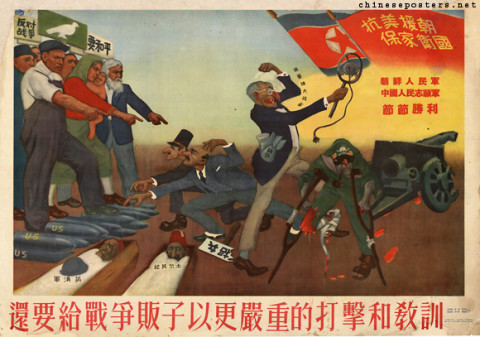 Xu Beihong (1895-1953) was from Yinxing, Jiangsu Province. At the age of 17, Xu already taught art in his native place. In 1914, he went to Shanghai to study art and French. After spending time in Japan in 1917, Cai Yuanpei appointed him as tutor in the Painting Methods Research Society at Peking University. Cai also encouraged him to go to Paris (1919), where Xu studied at the Ecole National Supérieure des Beaux Arts, with periods in Berlin (1921-23) and Singapore (1925). After his return to China in 1927, he became head of the Art Department of National Central University in Nanjing (1928). In 1933-1934, he organized modern Chinese painting exhibitions in France, Italy, Germany and the Soviet Union. During the Anti-Japanese War Xu traveled to Southeast Asia twice to raise funds for the war effort by holding exhibitions and selling paintings. In 1942, he returned to Chongqing. In 1949, he became one of the presidents of the Central Art Academy.
Xu Beihong (1895-1953) was from Yinxing, Jiangsu Province. At the age of 17, Xu already taught art in his native place. In 1914, he went to Shanghai to study art and French. After spending time in Japan in 1917, Cai Yuanpei appointed him as tutor in the Painting Methods Research Society at Peking University. Cai also encouraged him to go to Paris (1919), where Xu studied at the Ecole National Supérieure des Beaux Arts, with periods in Berlin (1921-23) and Singapore (1925). After his return to China in 1927, he became head of the Art Department of National Central University in Nanjing (1928). In 1933-1934, he organized modern Chinese painting exhibitions in France, Italy, Germany and the Soviet Union. During the Anti-Japanese War Xu traveled to Southeast Asia twice to raise funds for the war effort by holding exhibitions and selling paintings. In 1942, he returned to Chongqing. In 1949, he became one of the presidents of the Central Art Academy.
Xu was an opponent of Western modernism. He was a dedicated teacher who greatly influenced the early development of orthodox oil painting. Xu made notable progress in combining Western realism with national painting techniques, as is shown in his innumerable paintings of horses.
